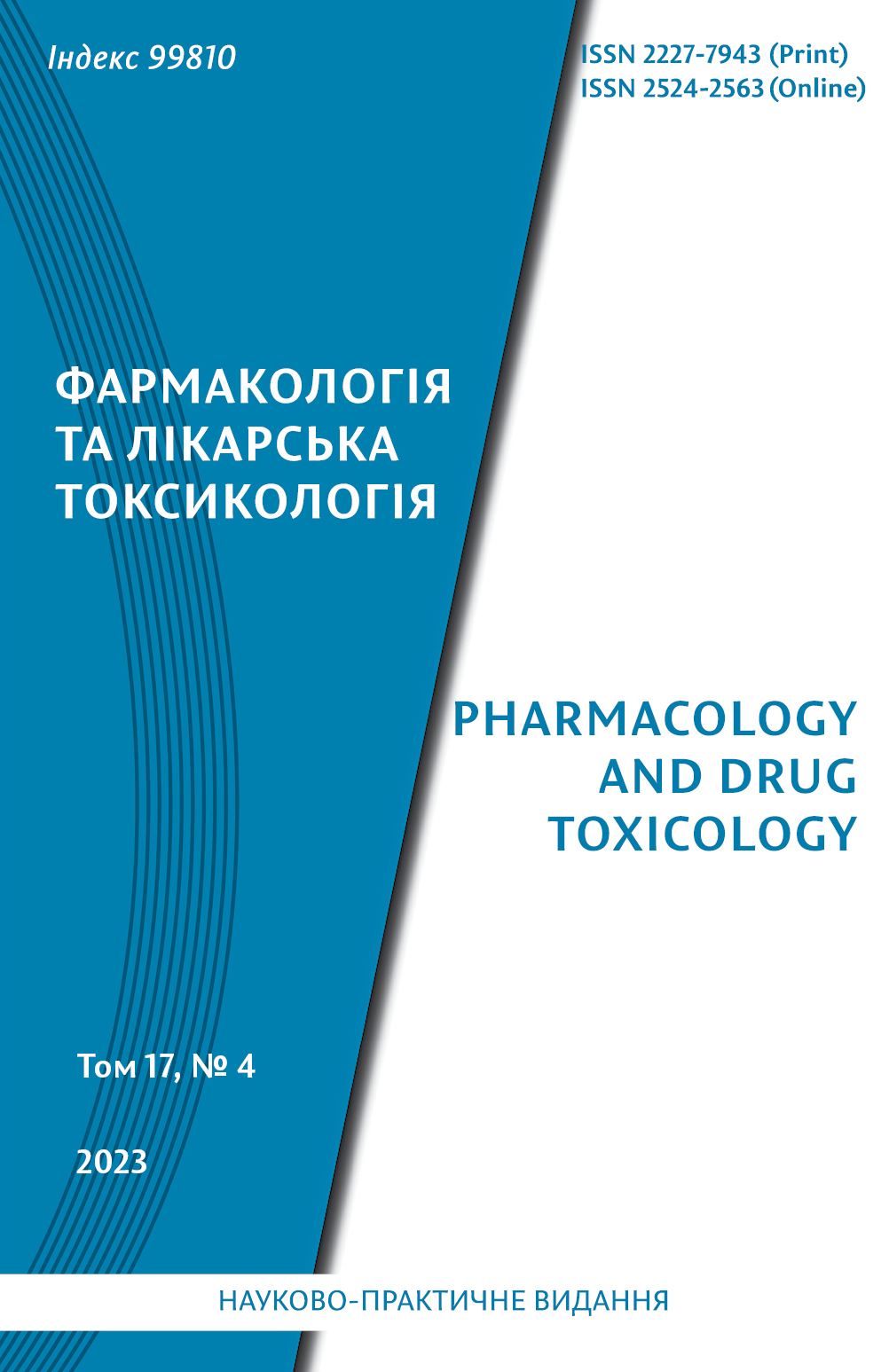Abstract
Today, taking into account the lifestyle of many people, so called the modern Western lifestyle, leads to the prevalence of metabolic syndrome (MS), timely prevention and treatment of the latter is extremely important.
The aim of the study is to establish the effect of complex pharmaceutical composition (CPhC) (Aevit premium) on the indicators of the system of lipid peroxidationantioxidant protection (LPAPS) under con ditions of experimental MS (EMS) in Syrian golden hamsters.
EMS in Syrian golden hamsters was caused by a cafe diet, the components of which were a mixture of industrially processed food products with no less than 40% fat. The prepared mixture was given to animals for 7 weeks (49 days). Drinking water was replaced with 10% fructose. The investigated CPhC (25.8 mg/kg) and comparative drugs: metformin (60.0 mg/kg) and vitamin E (100 mg/kg) were used starting from the 5th week of MS simulation for 3 weeks (21 days) in the treatment mode.
Longterm stay of the hamsters of the control pathology group on the cafediet led to development of EMS, an imbalance in the LPAPS system, which was evidenced by a decrease in the content of reduced glutathione (RG), superoxide dismutase and catalase activities in the liver tissue, and against the back ground of an increase in the content of thiobarbituric acid reactive substances. The studied CPhC contri buted to the restoration of the balance in the LPAPS system, which was evidenced by the increase in the content of RG, superoxide dismutase and catalase activities while simultaneously reducing the content of thiobarbituric acid reactive substances. The established ability of CPhC to suppress oxidative stress and contribute to the normalisation of the balance in the LPAPS system is due to the implementation of direct and indirect antioxidant effects of its components (ethyl esters of omega3 acids, vitamin E, coenzyme Q10, zinc, vitamin A, biotin, selenium), as well as the ability of the latter to exert a metabolitotropic effect. According to the expressiveness of the corrective effect on the indicators of the LPAPS system of the hamsters liver under EMS CPhC prevailed comparison drugs metformin and vitamin E.
The results obtained substantiate the expediency of CPhC use in complex pharmacological correction of MS.
